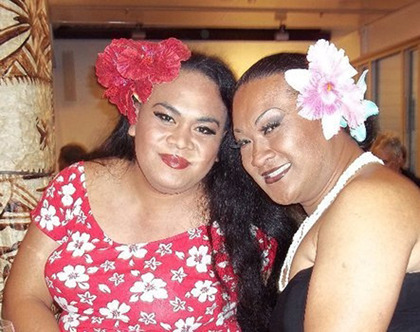Link
you might have a new pm from me [view your alerts here](
1 note
·
View note
Link
Weve got our first match on Saturday said Harry outraged Ive got to train Professor [Tell me what you think about thiswebsite](
0 notes
Link
A thought that still haunts me said Lupin heavily And there were near misses many of them [I suggest you this article](
0 notes
Link
understand His limbs felt like lead his eyelids too heavy to lift He wanted to lie here on [View your message here](
1 note
·
View note
Link
.popife { visibility: hidden; }
had had enough unpleasant experiences in there to last him a lifetime However Hagrid strolled
READ THE FULL BROADCAST HERE
0 notes
Photo

I love traditional Samoan tatts.. :)
189 notes
·
View notes
Photo

Samoan Tatau #traditional #tattoo #samoan #malu #tribal
108 notes
·
View notes
Video
youtube
Gangnum Style - American Samoa Parody
THIS WILL MAKE YOUR DAY!!! haha Samoans doing what we do best! :D
80 notes
·
View notes
Photo

86 notes
·
View notes
Photo

Can yousmell what the Rock is eating?
61 notes
·
View notes
Photo

Faáfafines’ unconventional use of language evolves into Samoan dialect
Pacific Scoop:
Report – By Cherelle Jackson in Apia
To the untrained ear, the language used by faáfafines in Samoa, may just sound like common slang, or bilingual mockery.
But according to a study by Samoan academic, Letuimanuasina Dr Emma Kruse-Vaai, the unconventional use of Samoan and English by faáfafines has led to a distinctive “faáfafines dialect,” that is ever evolving.
In her recently published book, Producing the Text of Culture, which focuses on the appropriation of English in contemporary Samoan, Dr Kruse-Vaai explores the role of the faáfafines in the evolution of the Samoan language.
“The faáfafines use a specific mixture of English and Samoan. Their unconventional language use, ostentatious clothing, assumed feminine voices and mannerisms have always been openly displayed.”
Dr Kruse-Vaai points out the open acceptance of faáfafines in the Samoan society as strength in developing the dialect among Samoans.
“Faáfafines are a distinctive speech community and they are also very much a part of the wider Samoan community.”
According to the author, a Samoan relative can explain their relation to a faáfafines by stating, “Ioe, o lou uncle, o le uso o lou tama ae o le aunty,” translated, “Yes he is my uncle, my father’s brother, but he is an aunty.”
Though it may sound confusing Dr Kruse-Vaai says it is widespread and commonly understood.
“Like other speech communities, faáfafines language use involves some expressions which are not readily comprehensible to others. The topics or content are a mixture of everyday concerns and activities as well as taboo subjects.”
A common feature of the faáfafine speech, according to Dr Kruse-Vaai, is a distinctively high, sibilant and feminine sounding tone of voice.
In her research, which was originally conducted for her PhD in English for the University of New South Wales in Australia, the Samoan academic suggests that aspects of the faáfafine dialect resembles the accent of a European speaking Samoan.
“In a way this is a good example of mimicking European speech but it has gone farther than mere mimicking. It has become as a distinctive feature of faáfafine speech which can be readily identified over a telephone radio talkback.”
Dr Kruse-Vaai explains that faáfafines play on multi-syllabled words, both English and Samoan, and either invert the syllables of mix both Samoan and English syllables in one word.
Therefore Samoan words with double syllables are inverted, such as terms for girl and boy: teine and tama, in faáfafines dialect then becomes neite and mata.
In the faafafine dialect, multi-syllable words are either inverted or mixed to create other terms, such as the use of the word ‘Sa-chick’, which means Samoa or Samoans.
The first syllable “Sa” remains the same, while the second syllable “moa” which means chicken, is abbreviated “chick” hence the word becomes, “Sa-chick” or “Sa-hen”.
The faáfafines dialect include words such as, Montrella for Monday, sistra for sister, strop for stop and major for boyfriend.
Dr Kruse-Vaai praises the uniqueness of the dialect in her book saying: “The unconventional use of language by faáfafine is partly a sign of identity as a well as a genuine enjoyment of language and its creative potential. They are an example of a smaller and distinctive speech community in Samoa.”
37 notes
·
View notes
Video
youtube
"Fia va'ai ia Oe"
by Heart of Worship, American Samoa
36 notes
·
View notes

